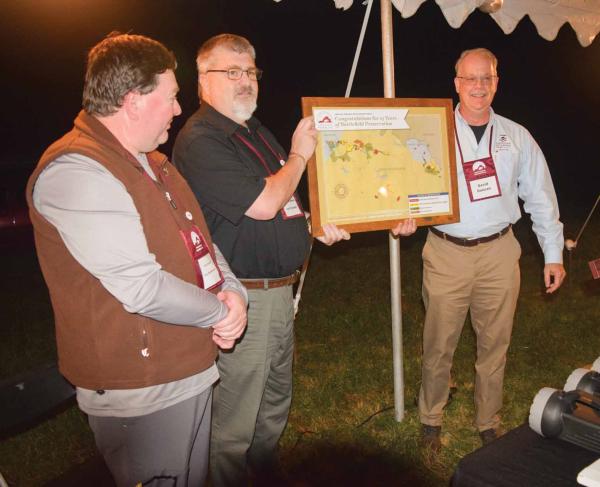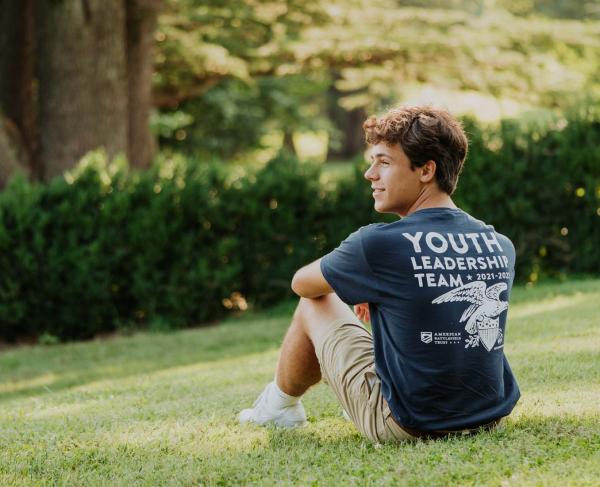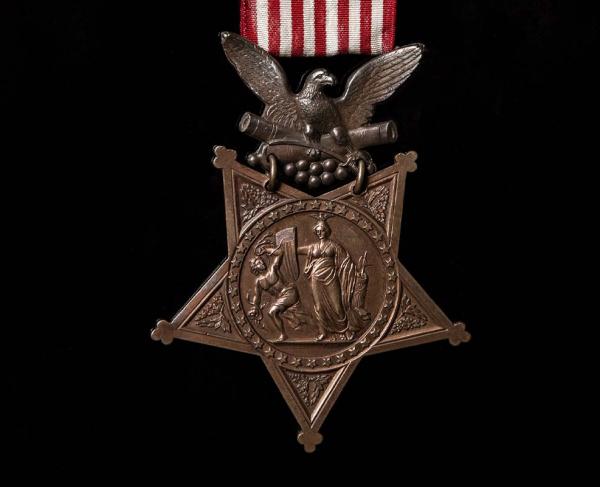The Stone Wall
By Garry Adelman
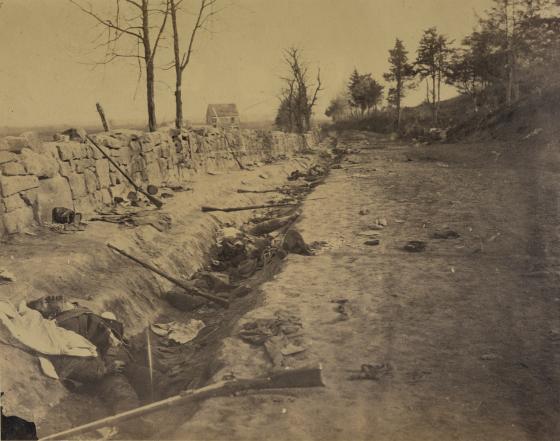
Guides and interpreters regularly quip that every Civil War battlefield has a stone wall, a sunken road, and also a railroad grade, slaughter pen, peach orchard and other apparently common features. There is at least limited truth to these quips and at Fredericksburg it works rather well.
But why have Fredericksburg's Sunken Road and Stone Wall emerged among the Civil War's most iconic places? Why of the many stone walls and sunken roads on Civil War battlefields, is Fredericksburg's so well known? The main reasons are the existence of a compelling story, concrete visual aids and the endurance of battlefield features.
How many other battlefield positions were attacked numerous times in bloody repulse and then carried months later with relative ease and then photographed just minutes later and then permanently preserved with at least some of the original features intact? None. At least in this respect, Fredericksburg is unique. This is a good thing.
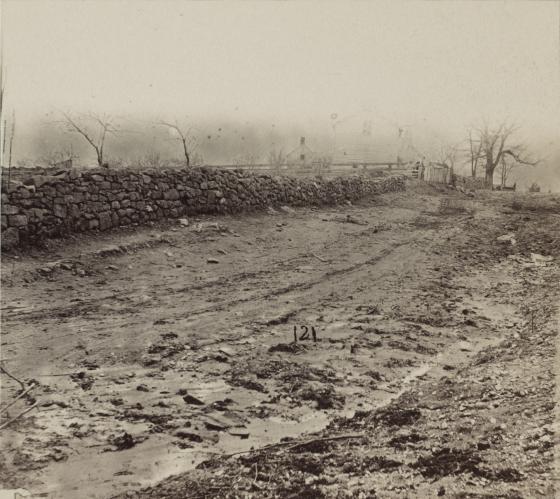
From 1862 to today soldiers and civilians alike have strived to make sense of what happened on a few bloody days and this is best done at places that endure, where a visceral and physical connection can be made with something in the past. At Fredericksburg, visitors can walk the Sunken Road, look at photos from long ago, read soldier accounts, touch the Stone Wall, see bullet holes in houses, and see the final resting places of many who gave their lives there. It doesn't really matter whether some of the houses are gone, whether parts of the stone wall are completely rebuilt, whether parts of Fredericksburg are not as well preserved as others. In the end, people establish connections to places where they learn, see, and begin to understand. This is why the Sunken Road endures. Stories matter.
Photographs matter. Places matter.

Learn More: The Battle of Fredericksburg
To restore land and history at Gettysburg, Cold Harbor, Slaughter Pen Farm and New Market Heights, we must raise $131,000. Please help to finish the...
